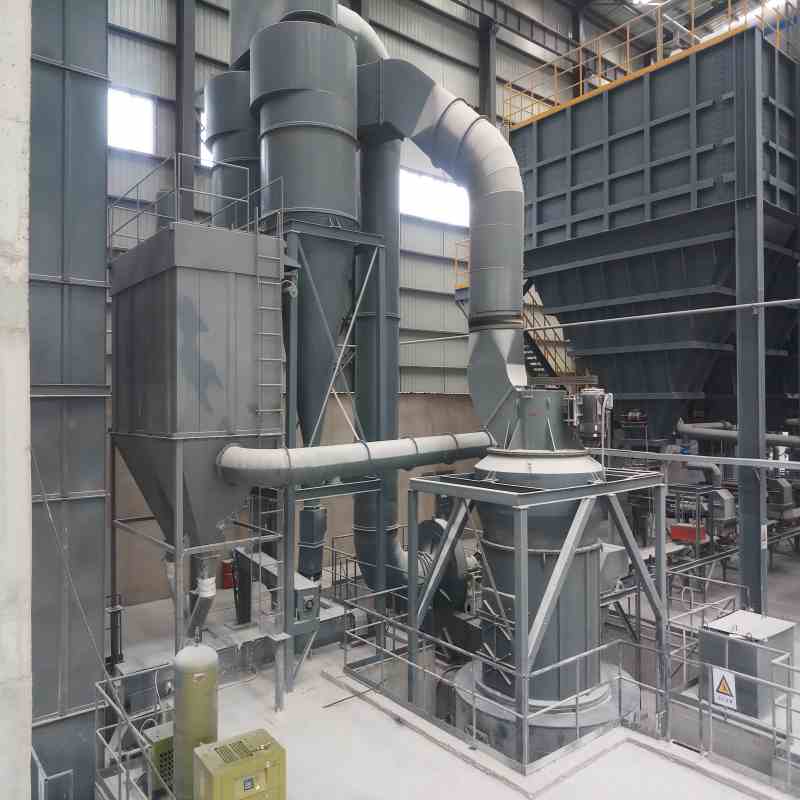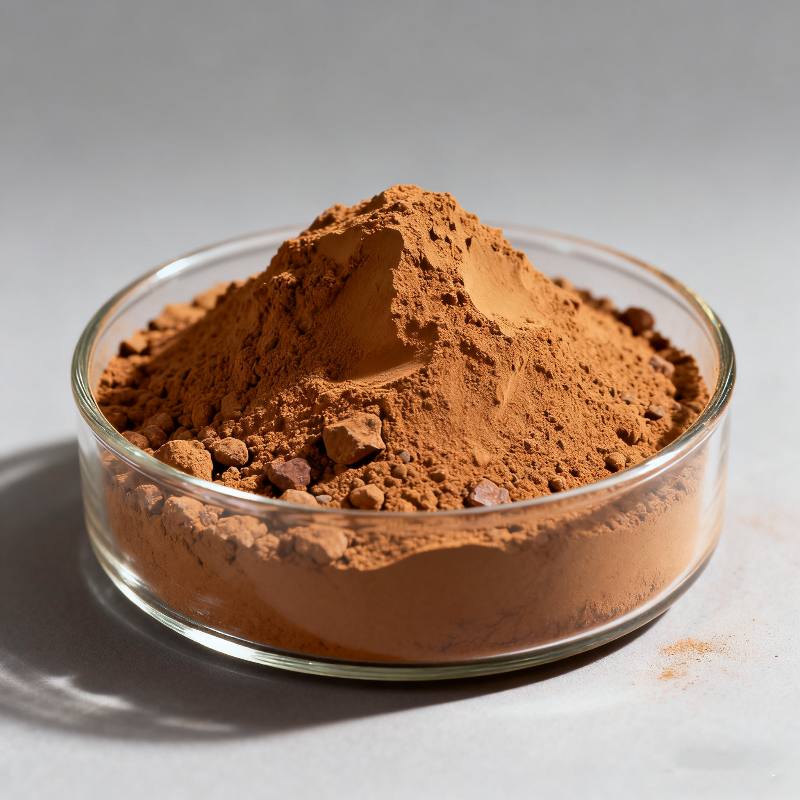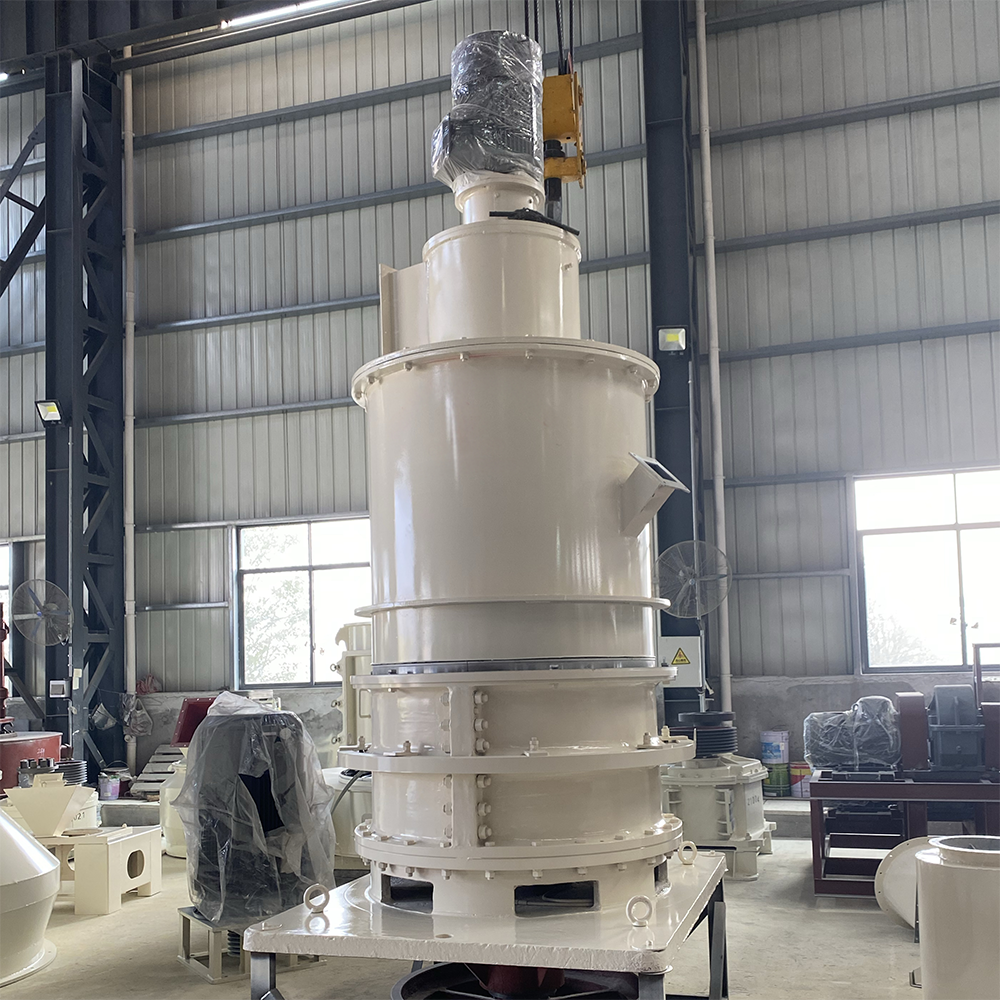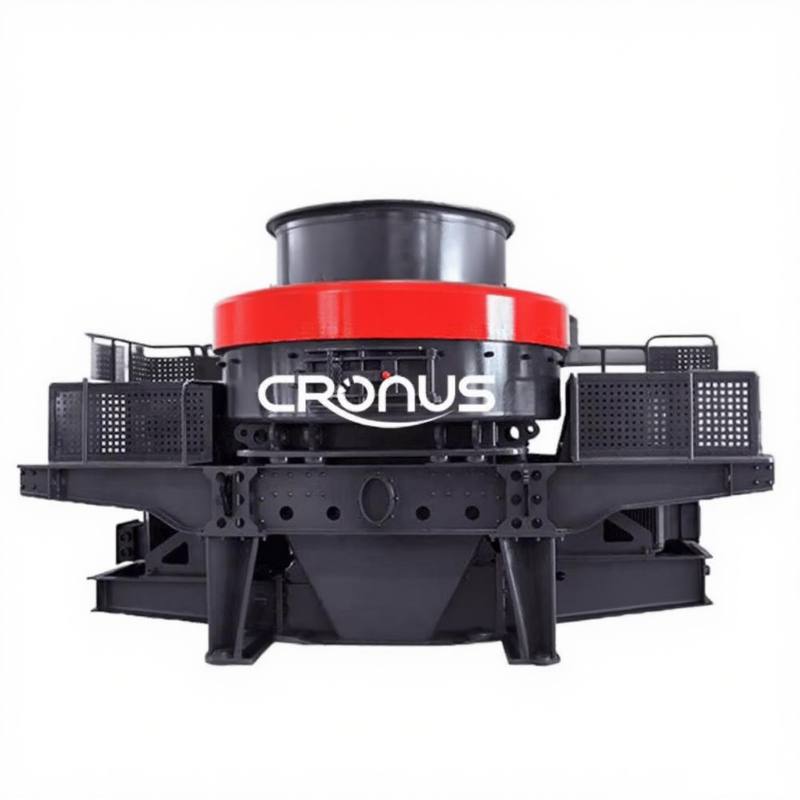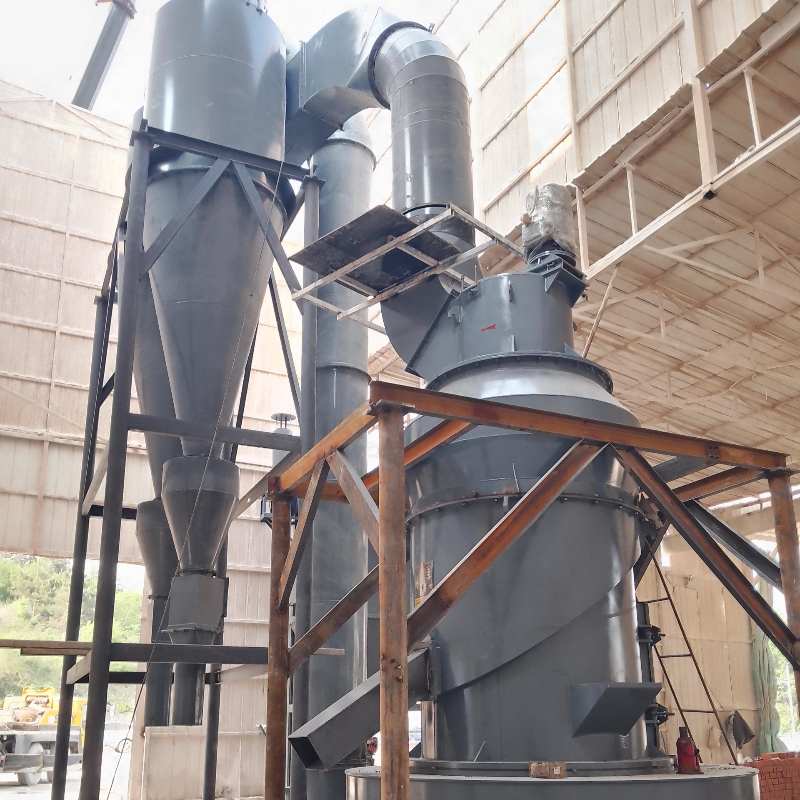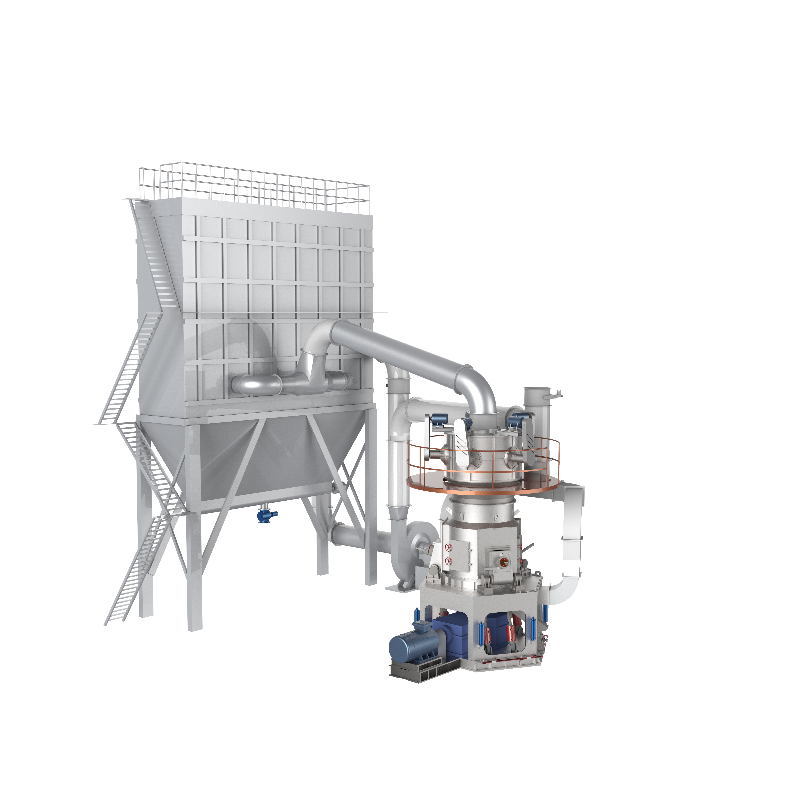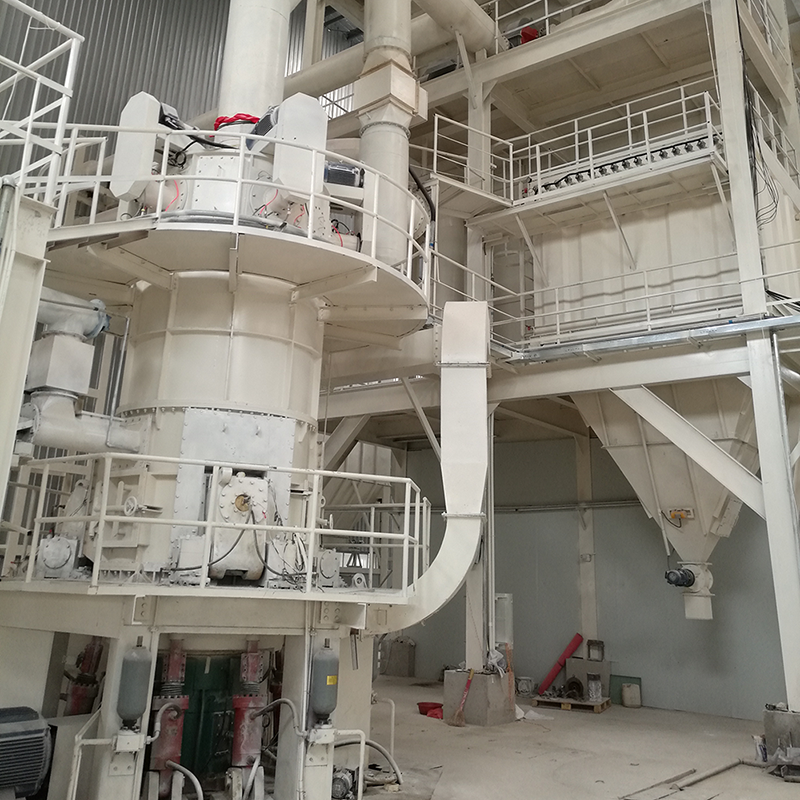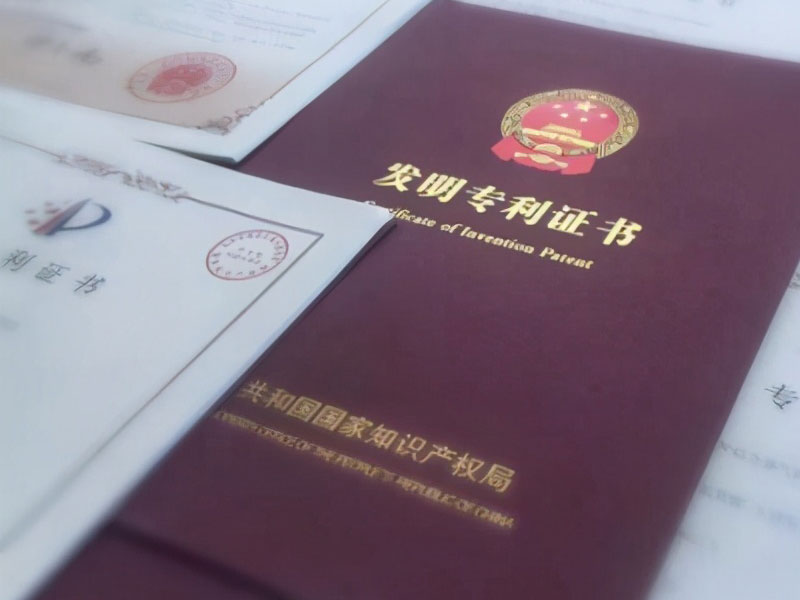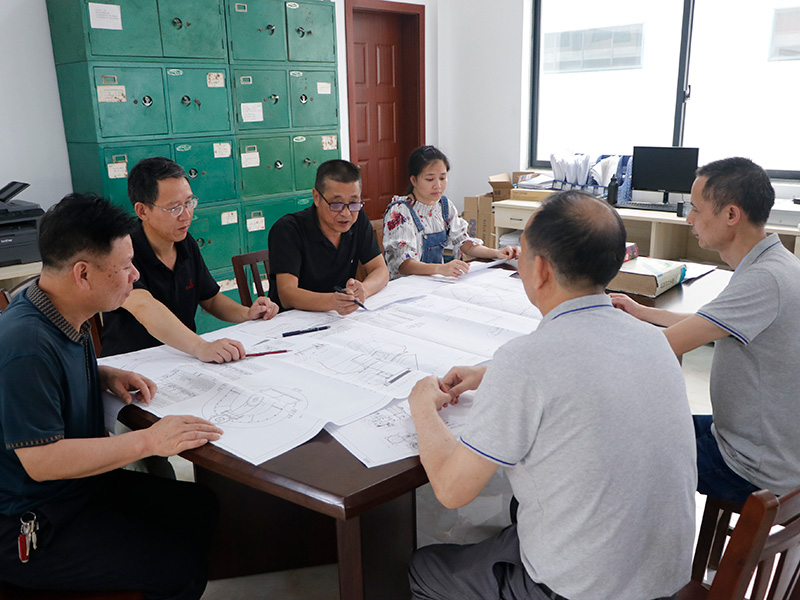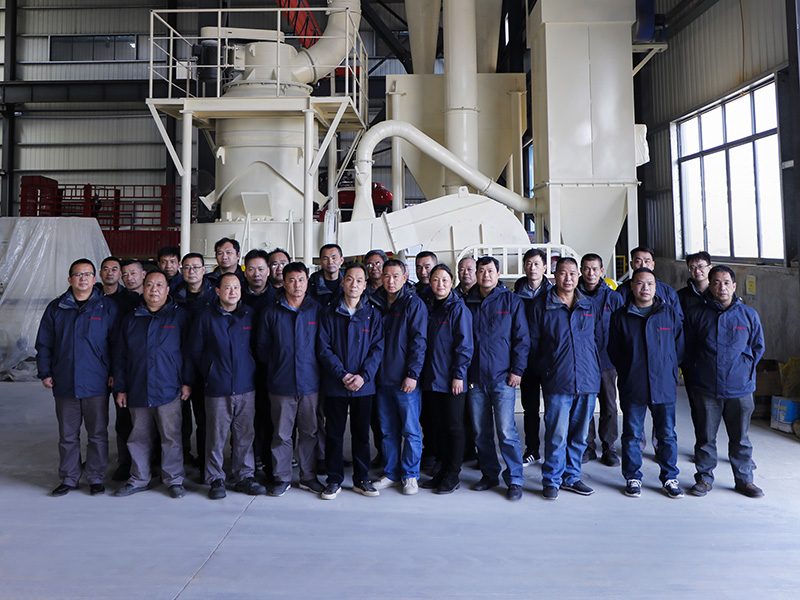
Talc, also known as talc powder, is a soft, colorless or white mineral with a chemical composition of magnesium silicate, belonging to layered silicate minerals. Talc usually appears in powder form and has excellent fire resistance, adsorption, stability and smoothness, etc. It is widely used in industry, construction, cosmetics and other fields.
Talc is commonly found in sedimentary rocks and is formed due to natural processes such as submarine volcanic eruptions. Its main components are silicon dioxide and magnesium oxide. It usually has a relatively low hardness (about 1-2.5) and is easy to grind into powder. In industry, talcum powder is commonly used in the production of rubber, plastics, coatings, ceramics, glass fibers and other materials, as well as in the papermaking, paint, rubber, food and pharmaceutical industries as a filler, thickener and rheology modifier, etc. In addition, talcum powder is also often used in the production of cosmetics, detergents and fragrances, etc., to provide their silky texture and good lubricity.
Process flow
Phase One: Crushing
The talc raw materials are crushed to make them smaller particles, which is convenient for the subsequent grinding process.
Phase Two: Grinding into powder
The crushed talc particles are put into the ball mill and vertical mill equipment for grinding. Specifically, different grinding equipment should be selected based on the requirements of the product and the differences in the process flow.
Phase Three: Grading
The talc powder after grinding needs to be classified to meet the particle size requirements of the product. Classification equipment includes sieves, air classifiers, etc.
Phase Four: Drying
The graded talc powder is dried to remove the internal moisture and improve its quality and stability. Commonly used drying equipment includes ovens, dryers, etc.
Phase Five: Packaging
After the above treatment, the talc powder needs to be packaged for transportation, storage and use. Common packaging methods include plastic bags, paper bags, and drums, etc.
Main uses
Talc is a multifunctional mineral with excellent physical and chemical properties and a wide range of applications. Common uses include:
Industrial application: Talc has excellent fire resistance, adsorption and stability, and thus is widely used in industry. It can be used to manufacture materials such as ceramics, glass, pulp, rubber, plastics, coatings, paints, dyes, building materials, etc., serving as fillers, thickeners, rheology modifiers, defoamers, fire retardants, etc.
Cosmetics: Talc has a silky texture and good lubricity, and thus is widely used in cosmetics, such as foundation, loose powder, lipstick, eyeshadow, etc., to enhance the texture and smoothness of the products.
Food processing: Talc can be used in food processing, such as in bread, biscuits, pastries, etc., to enhance the softness and texture of the products.
In the medical field, talc can be used to manufacture drugs, medical devices, etc., such as inhalable medicines and inhalable powders, hemostatic agents, etc.
Fine chemicals: Talc can also be used to manufacture high-grade chemicals, such as catalysts, batteries, and high-grade lubricating oils. In conclusion, talc has multiple uses and is a very important mineral.


